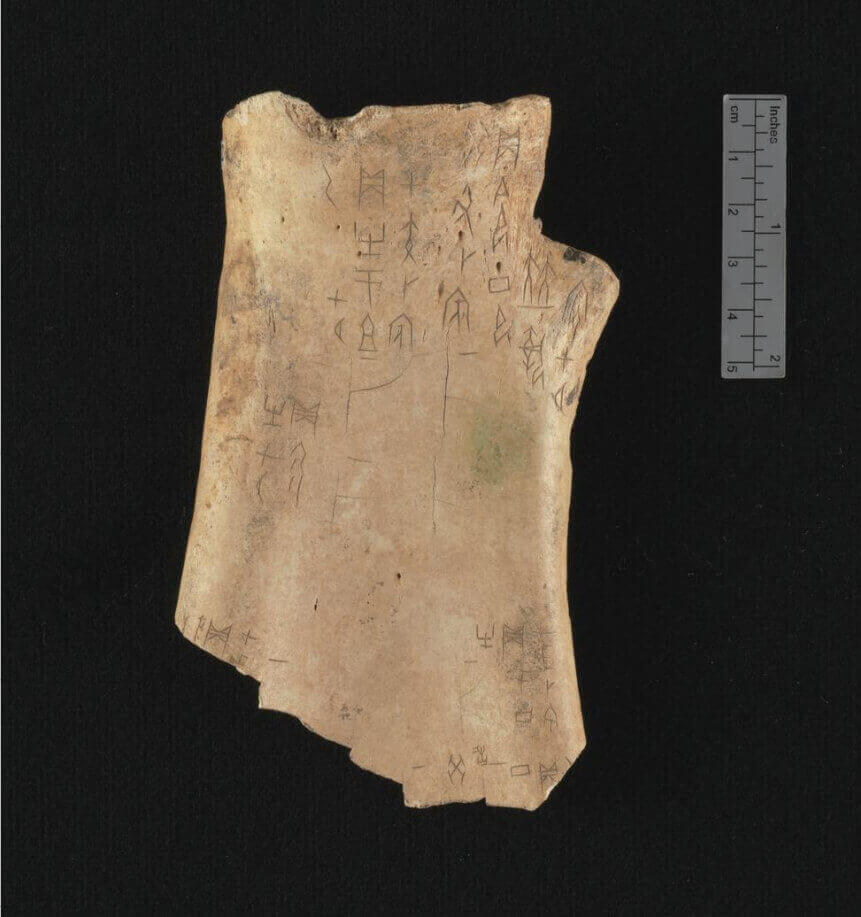Cambridge University Library to display world’s most valuable manuscripts, including 3D printed replicas of 3,000 year old “Oracle Bones”.
The Cambridge University Library is about to celebrate its 600th anniversary. Being one of the bigger institutions in western history, they’ve put together a line-up of 80 of the world’s most valuable books and manuscripts to commemorate the achievement. A star attraction will be a 3D printed replica of a 3,000 year old Oracle Bone.
Alongside Newton’s own annotated copy of Principia Mathematica, Darwin’s papers on evolution, and the earliest reliable texts for several of Shakespeare’s plays, the 3,000 year old Chinese “oracle bones” are considered one of the most impressive and important artefacts in world civilization.
The 17 pieces of inscribed bone are made of literal animal bone or tortoise shell, and were used for divination practices in Bronze Age China. The story behind these bones is that they were picked up by British diplomat Lionel Charles Hopkins in China, and later donated to the library in 1952.
Their value is beyond measure, as they represent some of the earliest surviving examples of Chinese writing found anywhere in the world. By inscribing questions, ancient courts sought to divine answers — and those questions reveal details both about the Chinese language and the society of the time.

Turning 3,000 Year Old Oracle Bones Into a Hands-On Exhibit
The bones would have been used between the 16th and 11th centuries BCE. That means, though it is an incredible opportunity to see them, there is no chance ordinary folks would be allowed to even breathe on them. In fact, you may already hear a parent’s voice ringing in your head: “DON’T TOUCH THAT!!”
The library, however, wanted their visitors to experience something more than just to look at the incredibly rare bones through a thick glass case. So, they scanned one of the original Oracle Bones and made a 3D printed replica for tactile examination. You can admire the incredibly detailed scan here on Sketchfab.
From March 11th until September 30th, the world’s first 3D print of a real Oracle Bone will be on display at the Cambridge University Library specifically so visitors can experience it for themselves.
Given how far removed the bones are from the modern world, being able to touch and handle them adds a weightiness to the experience — the designers also note that the 3D printed replica is a bit heavier than the originals. Who would have thought that 3,000 year old relics could ever be a “hands on” experience?
More details to come, so stay posted with the Cambridge University Library. In the meantime, you can see a vintage video from the 1980s below, where experts at Cambridge Library tried a more primitive approach to making replicas of the Oracle Bones.
License: The text of "Reviving Ancient China With 3D Printed “Oracle Bones”" by All3DP is licensed under a Creative Commons Attribution 4.0 International License.